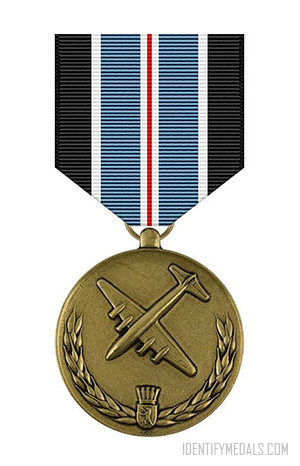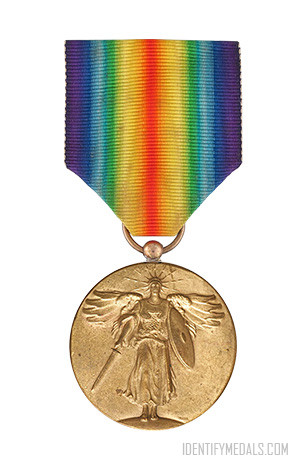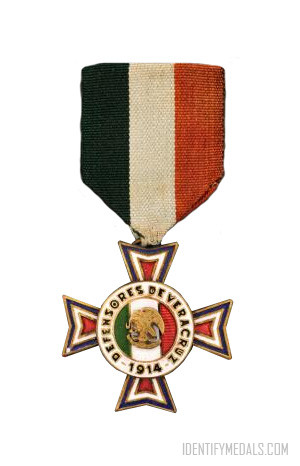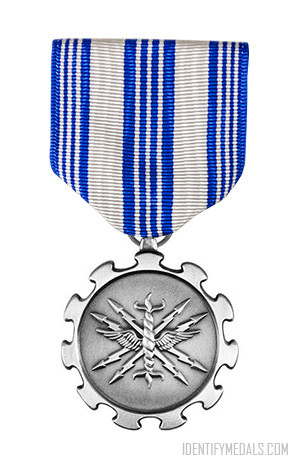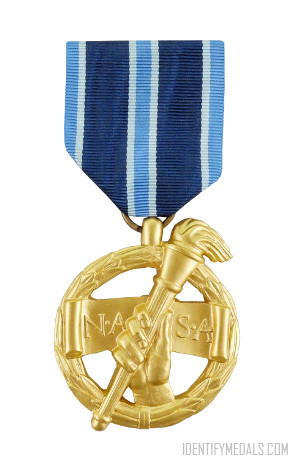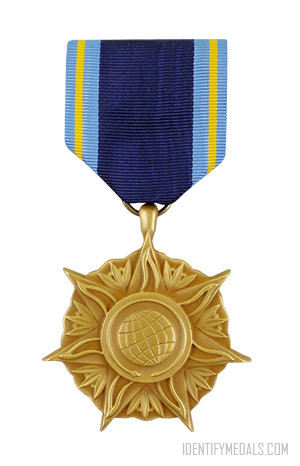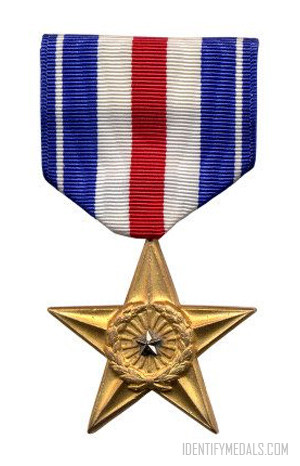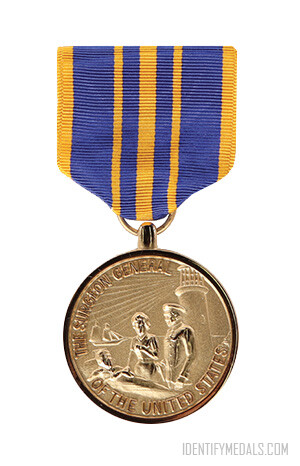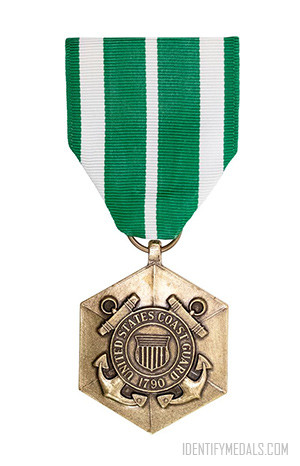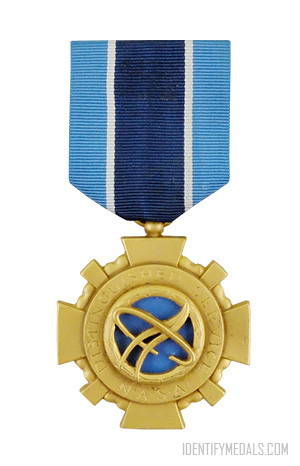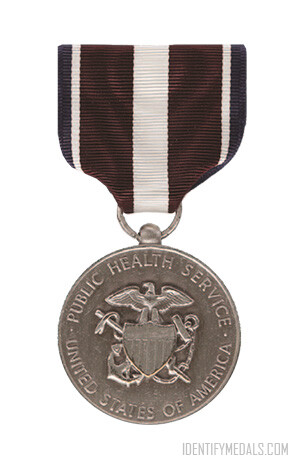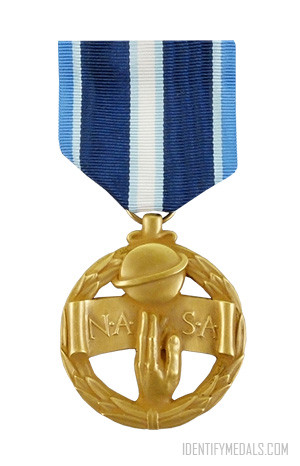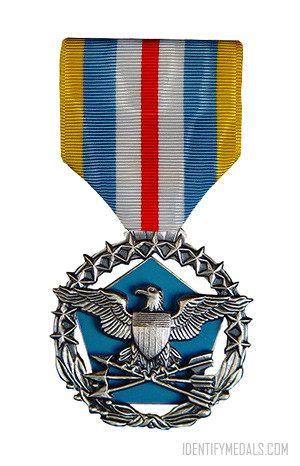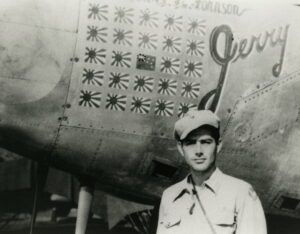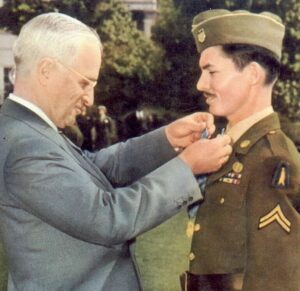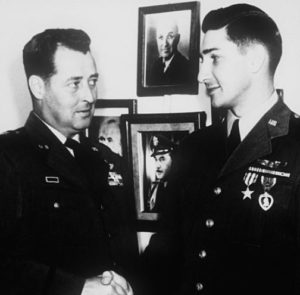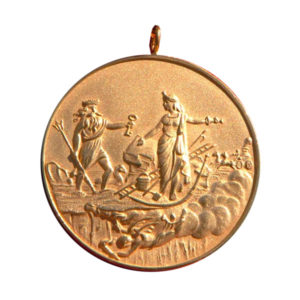- Time Period: Second World War
- Institution: June 26, 1948
- Country: United States
The Medal for Humane Action is a United States Armed Forces military award created by an act (63 Stat. 477) of the United States Congress on July 20, 1949 to recognize military service members who performed extended duty in support of the Berlin Airlift.
This medal was created for the single purpose of recognizing service during the Berlin Airlift and was never issued again. To be awarded the Medal for Humane Action, a service member had to have performed over 120 days of duty within the geographical boundary of Berlin. Posthumous award was possible to any person who had lost his life while, or as a direct result of, participating in the Berlin airlift, without regard to the length of such service.
Those qualifying were also eligible for either the Army of Occupation Medal, or the Navy Occupation Service Medal, and both medals were authorized for simultaneous award and display.
The Medal for Humane Action Design
The medal is based on the design of the Berlin Airlift Device. It was designed by Thomas Hudson Jones a Buffalo-born sculptor of the Army Heraldic Section.
It’s made of bronze and round, and it measures 1.25 inches (32 mm) in diameter. On the obverse, it depicts a Douglas C-54 Skymaster over a wheat wreath. In the center of the wreath is the Coat of arms of Berlin. The reverse shows the eagle, shield, and arrows from the seal of the Department of Defense and reads “For Humane Action / To Supply Necessities of Life to the People of Berlin Germany“.
The medal is suspended by a ribbon of teal blue with black edges separated by thin white stripes. In the center is a red stripe with thin white stripes.

